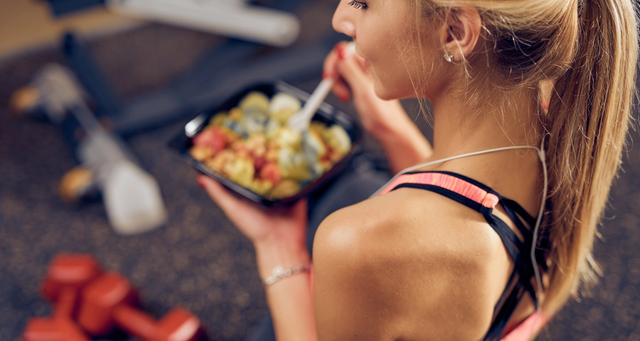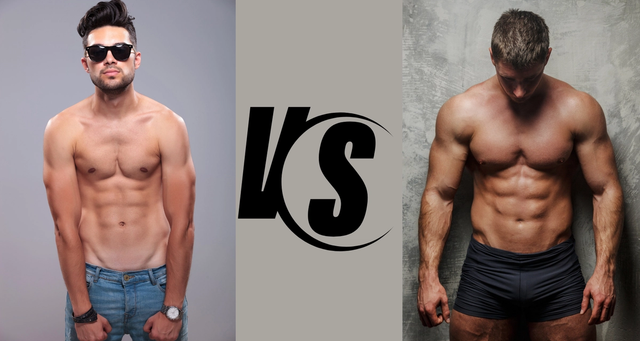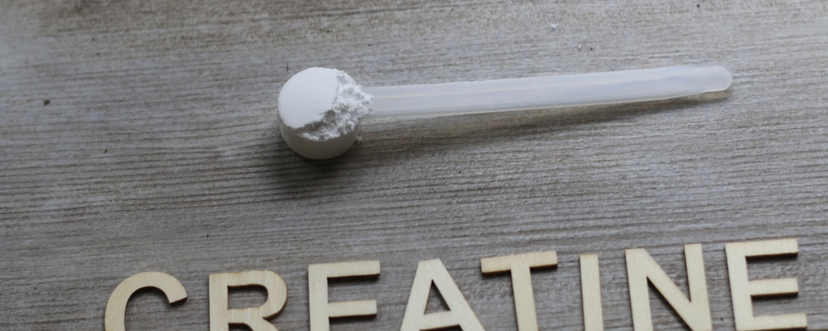
Svetness Trainers' Top Calisthenics Workouts at Home
Build muscle and endurance with strength training at home. Discover the best calisthenics workouts for building muscle quickly.
Calisthenics isn’t new, but it’s having a serious comeback, especially for people training at home.
In 2025, calisthenics workouts at home are no longer seen as a fallback or a second-best option. They’re a smart, sustainable way to build real strength using the tools you already have: your body, your space, and your consistency.
These workouts focus on movement patterns you use every day. They build strength and mobility at the same time. That makes them accessible for beginners and challenging enough for seasoned athletes.
At Svetness, we use calisthenics in many of our personal training programs. They’re practical, scalable, and easy to modify based on your goals. But most importantly, they get you visible results in a pretty short amount of time!
In this blog, we're sharing our top trainers' favorite calisthenics exercises, how to modify them to your level, and how to recover in a way that supports long-term results.
Why Calisthenics?
Calisthenics builds muscle while also sharpening balance, coordination, and control using your own body weight.
It’s also fantastic for strength training at home. In fact, a four-week calisthenics program has been shown to improve upper body strength, core endurance, balance, and aerobic capacity, even for beginners.
Because these movements rely on form and consistency, they’re easy to scale to your level. And since you’re training full-body control with every rep, the strength you build carries into everyday life.
Full-Body Calisthenics Workouts at Home

Calisthenics is a great choice for beginners because it allows you to learn proper form, develop foundational strength, and build confidence.
Here are our experts' top exercises to get the best full-body calisthenics workouts at home:
1. Bodyweight Squats
Sets: 2–4 Reps: 12–15
Stand with feet shoulder-width apart. Lower your hips down and back as if sitting on a chair. Keep your chest up and core engaged. Drive through your heels to return to a standing position.
Modification: Hold onto a sturdy chair or counter for balance.
2. Push-Ups
Sets: 2–4 Reps: 10–12
Place your hands slightly wider than shoulder-width apart. Lower your body in a straight line until your chest nearly touches the floor, then push back up.
Modification: Drop to your knees or use an inclined surface, such as a bench or couch.
3. Glute Bridges
Sets: 2–4 Reps: 12–15
Lie on your back with your knees bent and feet flat. Squeeze your glutes and lift your hips until your body forms a straight line from shoulders to knees. Pause, then lower slowly.
Modification: Pause for longer at the top or use a single-leg variation when ready.
4. Forearm Plank
Sets: 2–3 Duration: 30 seconds per set
Rest on your forearms and toes with your body in a straight line. Engage your core and avoid letting your hips drop.
Modification: Drop to your knees while keeping your hips aligned.
5. Bear Crawls
Sets: 2–3 Duration: 30 seconds per set
Start on hands and toes with knees hovering above the ground. Move forward with the opposite hand and foot, staying low and controlled.
Modification: Keep movements slow and reduce the range of motion if needed.
This circuit hits your legs, core, and upper body while keeping your heart rate up. Rotate through with minimal rest to make it a no-equipment workout at home that also works your conditioning.
Upper Body Workouts at Home
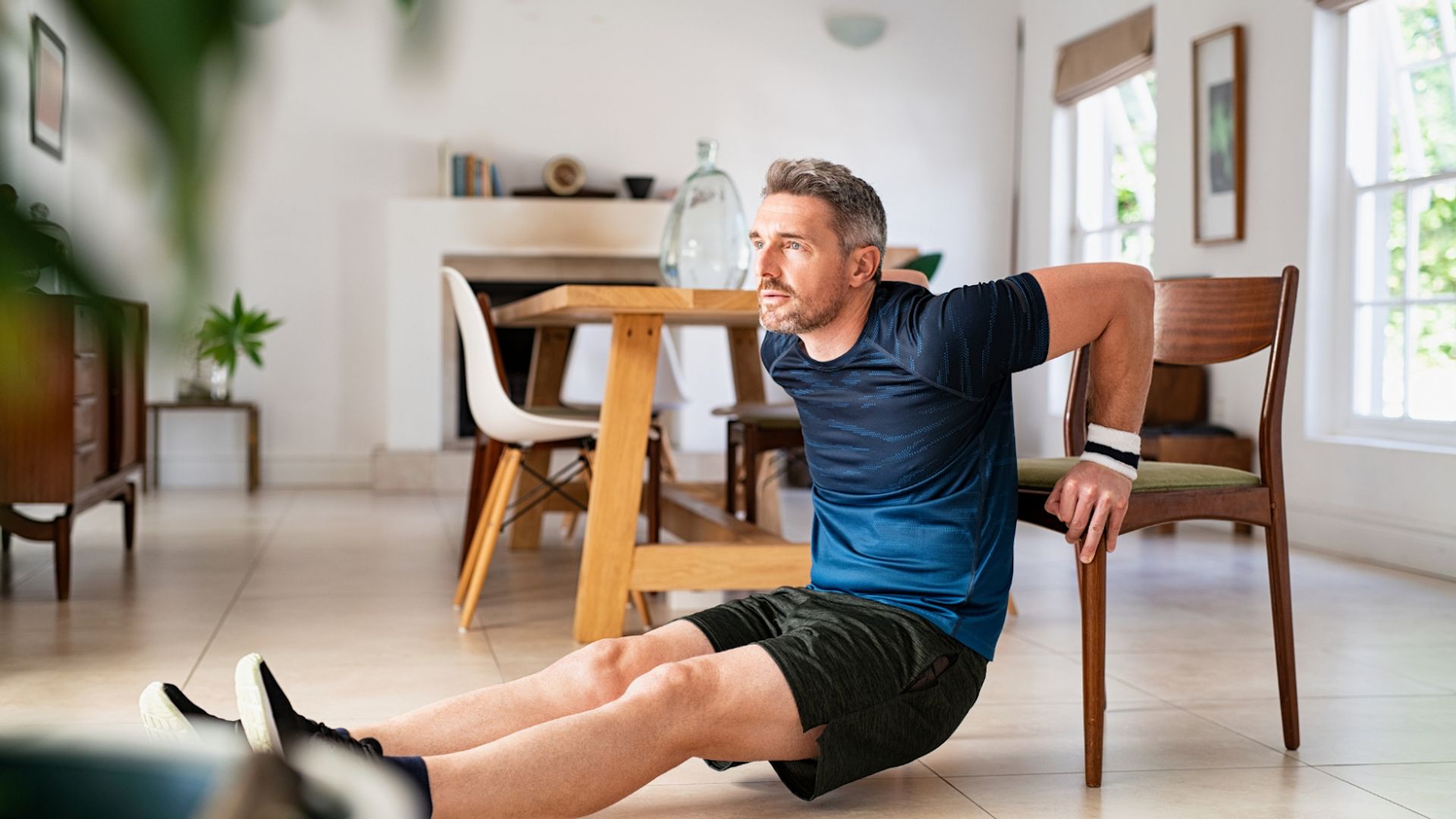
Upper body strength plays a crucial role in maintaining proper posture, achieving balance, and enhancing overall functional fitness. The following bodyweight moves target your shoulders, back, arms, and core using slow, controlled movement and intentional reps. They're ideal for adding variety to your routine without relying on push-ups.
1. Triceps Dips (Chair or Step)
Sets: 2–3 Reps: 10–12
Sit on the edge of a sturdy chair. Place your hands beside your hips, slide forward, and bend your elbows to lower yourself. Keep your back close to the chair and press back up.
Modification: Bend your knees and keep your feet flat to reduce the load on your arms.
2. Wall Walks
Sets: 2–3 Reps: 4–6
Start in a plank position with your feet near a wall. Carefully walk your feet up the wall while walking your hands back toward it, stopping at a safe angle. Reverse to return.
Modification: Hold a high plank for 20–30 seconds if you're still working on shoulder strength or balance.
3. Superman Holds
Sets: 2–3 Duration: 30 seconds
Lie face down with your arms extended forward. Lift your arms, chest, and legs off the floor at the same time. Hold while squeezing your shoulder blades together and keeping your gaze down.
Modification: Lift arms and legs separately to reduce strain on the lower back.
4. Arm Circles
Sets: 2–3 Duration: 30 seconds each direction
Stand with arms extended at shoulder height. Move them in small circles forward, then reverse. Keep your shoulders relaxed and movement steady.
Modification: Perform the move seated if you need more support or are easing into upper body training.
Push-Up Workouts at Home

Push-ups are one of the most effective upper-body exercises you can do at home. You can adjust them to fit your level and keep making progress over time. They target your chest, triceps, shoulders, and core, making them excellent long-term options.
1. Incline Push-Ups
Sets: 2–4 Reps: 10–15
Place your hands on a stable, elevated surface like a bench, couch, or table. Keep your body straight from head to heels. Lower your chest toward the surface, then push back up.
Modification: Use a taller surface, like a countertop, to make it easier.
2. Standard Push-Ups
Sets: 2–4 Reps: 8–12
Start in a high plank with your hands under your shoulders. Lower your body in a straight line until your chest is just above the floor. Push back up, keeping your core tight.
Modification: Drop to your knees for more control and support.
3. Decline Push-Ups
Sets: 2–4 Reps: 8–10
Place your feet on an elevated surface and your hands on the floor. Lower slowly, then push back up. This puts more emphasis on your shoulders and upper chest.
Modification: Reduce elevation height or switch to standard push-ups.
4. Diamond Push-Ups
Sets: 2–4 Reps: 6–10
Form a diamond shape with your hands directly beneath your chest. Lower and lift in a controlled motion to target your triceps.
Modification: Perform this exercise from your knees at a lower intensity.
Core Calisthenics Moves

Your core is the foundation of nearly every movement you make. The following calisthenics exercises build strength in your deep stabilizers, obliques, and hip flexors. Remember: the goal is control, not speed.
1. Dead Bug
Sets: 3 Reps: 8 per side
Lie on your back with your arms extended toward the ceiling and your knees bent at a 90-degree angle. Slowly extend your right arm and left leg without letting your back arch. Return to the center, then switch to the other side.
Modification: Tap the heel to the ground instead of fully extending the leg if your back lifts off the floor.
2. Forearm Plank
Sets: 3 Duration: 30 seconds
Rest on your forearms and toes with your body in a straight line. Squeeze your glutes and brace your core to stay stable.
Modification: Drop to your knees and maintain the same alignment from your knees to your shoulders.
3. Mountain Climbers
Sets: 3 Duration: 30 seconds
Start in a high plank. Drive one knee toward your chest, then quickly switch sides in a running motion. Keep your hips low and back flat.
Modification: Slow it down to a step-through pace if needed.
4. Leg Raises
Sets: 3 Reps: 10–12
Lie flat with legs extended. Keep your core tight and lift both legs to a 90-degree angle. Then, lower them with control, without letting your lower back arch.
Modification: Bend your knees or limit the range of motion to keep tension in your core.
Leg Calisthenics Workouts

Leg workouts don’t need machines or heavy weights to be effective. Calisthenics exercises like the ones below build lower-body strength, mobility, and balance using only your body and control.
1. Bodyweight Squats
Sets: 2–4 Reps: 12–15
Stand with your feet shoulder-width apart. Lower your hips down and back as if sitting in a chair. Keep your chest lifted and drive through your heels to stand back up.
Modification: Hold onto a countertop or stable surface for support while lowering into the squat.
2. Reverse Lunges
Sets: 2–3 Reps: 8–10 per leg
Step one foot back into a lunge, lowering both knees to 90 degrees. Push through the front foot to return to a standing position, then alternate sides.
Modification: Shorten the range of motion or use a wall for balance as needed.
3. Glute Bridges
Sets: 3 Reps: 12–15
Lie on your back with your knees bent and feet flat. Press through your heels and squeeze your glutes to lift your hips until your body forms a straight line from shoulders to knees. Lower with control.
Modification: Pause at the top for 3–5 seconds to increase time under tension.
4. Wall Sits
Sets: 2–3 Duration: 30–45 seconds
Slide down a wall until your knees form a right angle as if sitting in an invisible chair. Keep your back pressed into the wall and your feet flat.
Modification: Decrease the depth of the squat if needed, or reduce the hold time.
Strength and Conditioning Calisthenics
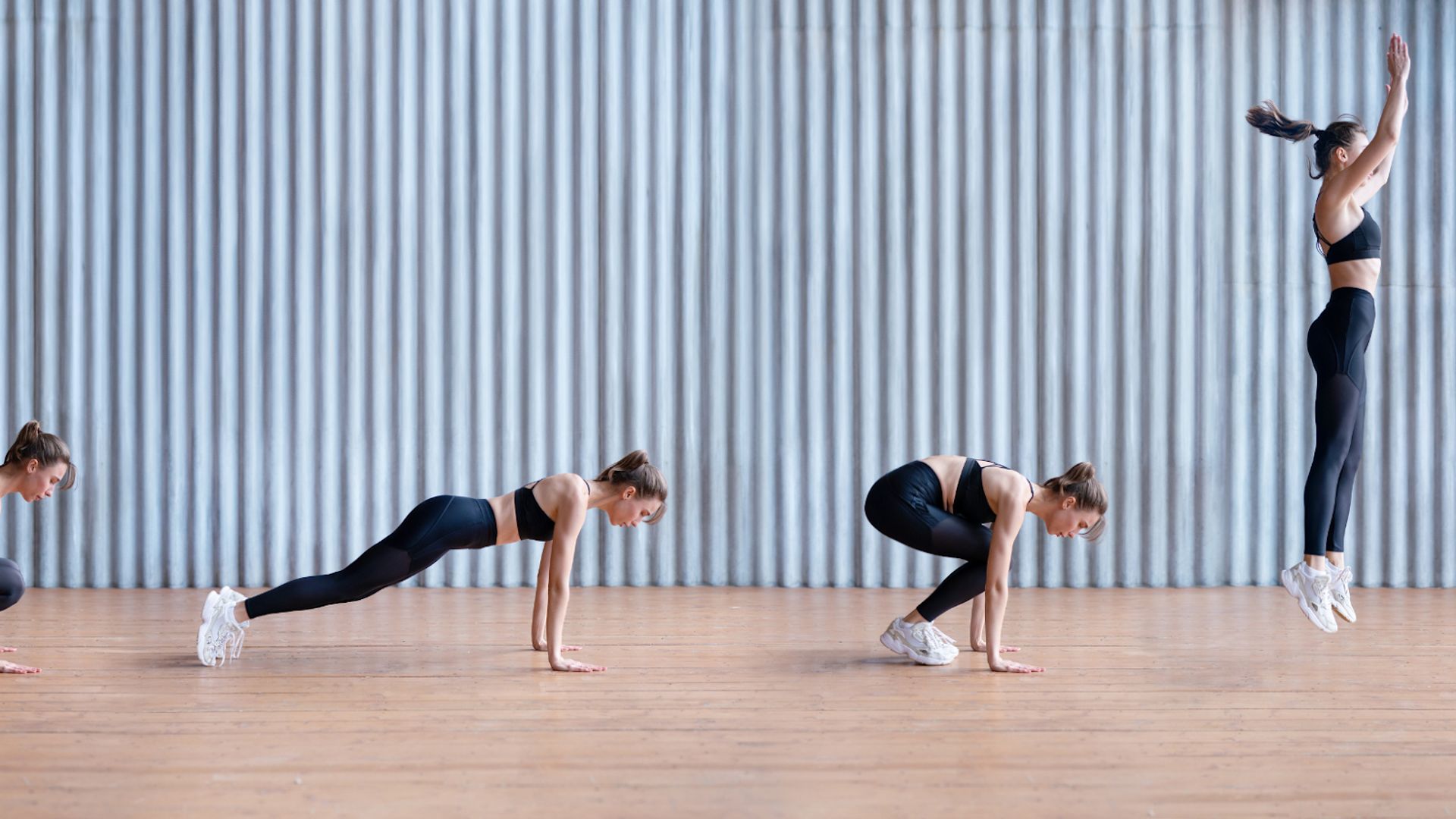
Strength exercises are designed to build power, balance, and coordination while keeping your heart rate high. They work well in timed circuits and are ideal for strength and conditioning workouts at home that don’t rely on equipment.
1. Jump Squats
Sets: 2–4 Reps: 8–12
Start in a squat position with your feet shoulder-width apart. Lower down, then explode upward, jumping as high as you can. Land softly and move right into the next rep.
Modification: Skip the jump and rise onto your toes instead for less impact.
2. Burpees
Sets: 2–3 Reps: 6–10
Stand tall, then squat down and place your hands on the floor. Jump or step your feet back into a plank position, then perform a push-up (optional). Next, jump your feet forward and leap up.
Modification: Step back instead of jumping, and skip the push-up for a lower-intensity workout.
3. Walking Lunges
Sets: 2–3 Reps: 10–12 each leg
Take a large step forward with your right foot, lowering into a lunge. Push through your front heel to bring your left foot forward into the next step. Keep your torso upright and core engaged.
Modification: Use a stationary reverse lunge if space is limited.
4. Bear Crawls
Sets: 2–3 Duration: 30 seconds
Start on all fours with your knees hovering above the floor. Move forward with opposite hands and feet, keeping your body low and controlled.
Modification: Move slowly with a shorter range if needed, or take breaks between crawls.
5. Skater Jumps
Sets: 2–4 Reps: 10–12 each side
Start in a slight squat. Jump laterally to the right, landing on your right foot while sweeping your left leg behind you. Then, leap left, landing on the left foot. Keep it smooth and controlled.
Modification: Step side to side without jumping to reduce impact.
Stretching and Recovery

Stretching and recovery are often easy to overlook, especially during fast-paced at-home workouts aimed at building muscle. However, they’re a non-negotiable for long-term progress. Taking a few minutes to cool down and stretch improves circulation, reduces stiffness, and helps your body bounce back stronger. Proper recovery supports consistency, protects your joints, and sets you up to train with more energy next time.
Weekly Calisthenics Schedule
Here’s a sample weekly routine to balance strength, recovery, and conditioning:
- Monday – Full Body Strength
- Tuesday – Core + Light Conditioning
- Wednesday – Rest or Active Recovery
- Thursday – Upper Body Focus + Stretch
- Friday – Conditioning Circuit (HIIT style)
- Saturday – Lower Body + Core
- Sunday – Rest
Mix and match based on your energy levels, but aim for 3–5 focused sessions per week.
How to Progress Your Calisthenics Workouts at Home
Many beginner bodyweight workouts at home are built on movements like squats, push-ups, and planks, and for good reason.
These exercises teach proper form, build control, and help you stay consistent without feeling overwhelmed. They’re also the foundation of nearly all strength and conditioning workouts at home, so the more solid your base, the easier it is to build from there.
As your confidence and strength grow, those same movements can evolve. Slowing down each rep increases time under tension. Reducing rest between sets ramps up your stamina. Adding variations, such as pistol squats, L-sits, or handstand holds, introduces new challenges without requiring additional equipment.
That’s the real strength of no-equipment workouts at home: they’re flexible. Even a quick upper-body workout at home can evolve into something more intense with tempo changes and volume adjustments.
Why Calisthenics Works Better with a Coach
Calisthenics is all about control, form, and progression. But without a structured plan, it’s easy to hit a plateau or, worse, build bad habits that lead to injury.
That’s where a personal trainer can make all the difference.
An in-home personal trainer helps you map out a plan that matches your current fitness level and pushes you forward, one rep at a time. If you’re feeling nervous about starting your calisthenics journey alone, a coach will help you keep things moving in the right direction.
Final Thoughts
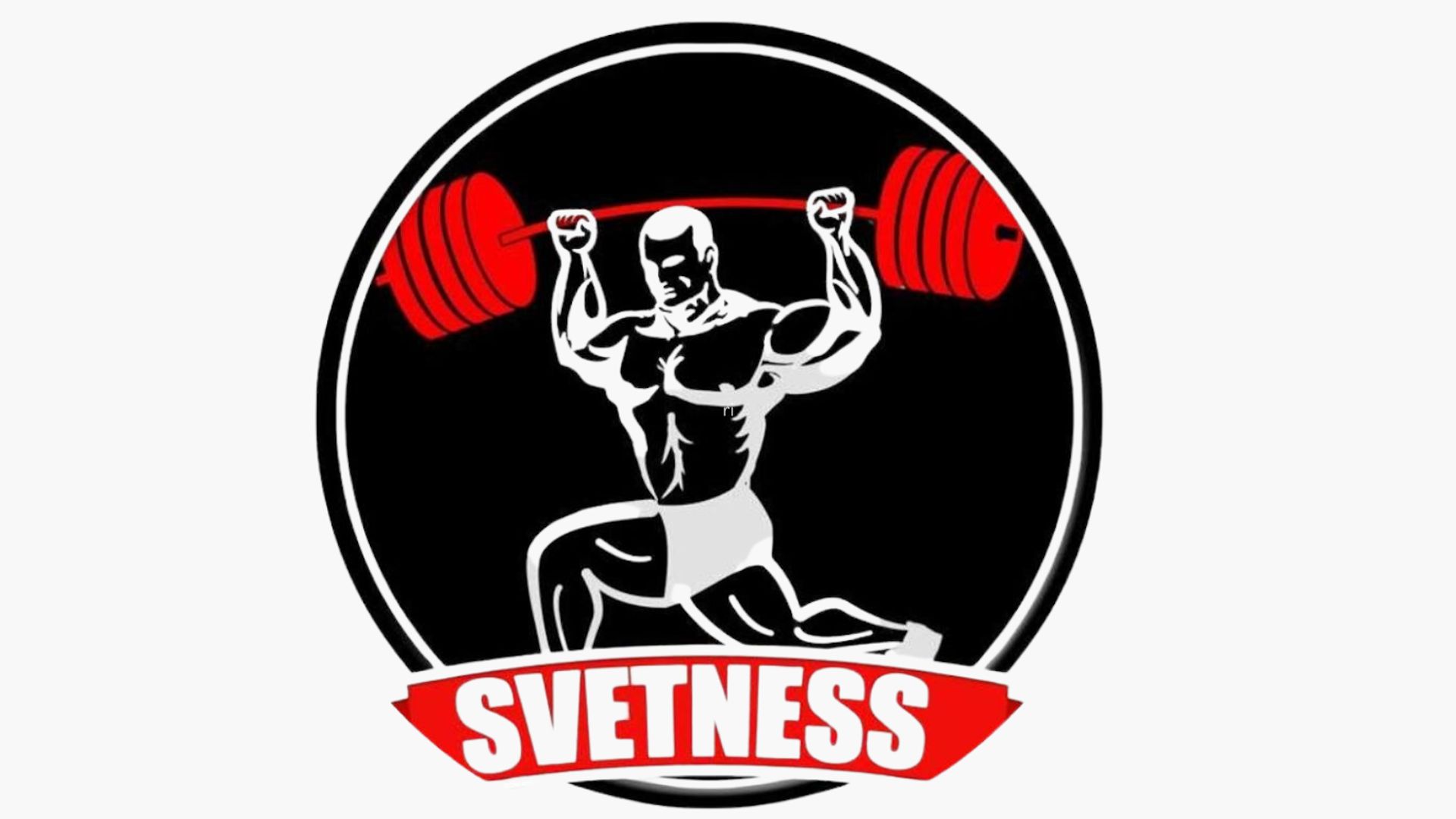
Doing calisthenics workouts at home builds consistency, control, and confidence. When performed correctly, they can improve everything from core stability to mobility and muscular endurance. Remember, progress comes from listening to your body, training with intention, and giving yourself time to recover.
If you want expert guidance and a plan built around your goals, schedule a free evaluation with a Svetness personal trainer. You'll receive support, structure, and a clear path forward from the comfort of your own home.
Frequently Asked Questions
Can you build muscle with only calisthenics?
Yes. Calisthenics uses bodyweight resistance to build muscle through compound movements like push-ups, squats, and pull-ups. As you progress, increasing reps, slowing tempo, and adding advanced variations help stimulate muscle growth, especially when paired with proper nutrition and recovery.
Am I too heavy for calisthenics?
No. Calisthenics can be modified for every body type. If certain moves feel too difficult, you can adjust the angle, reduce the range of motion, or start with supported versions. Over time, you’ll build strength and mobility, making more exercises accessible.
What is the 80/20 rule in calisthenics?
The 80/20 rule suggests that 80% of your results come from 20% of your effort, meaning consistency with a few key exercises (like push-ups, squats, planks, and rows) often matters more than chasing complexity. Mastering the basics and performing them well yields better progress than constantly switching routines.
Is 20 minutes of calisthenics a day enough?
For most people, yes, especially if the session is structured and consistent. A focused 20-minute routine can improve strength, boost endurance, and support muscle control. The key is intensity and progression over time, not duration alone.
Start your Svetness journey today
Get a free consultation and see how our trainers can transform your wellness journey.
